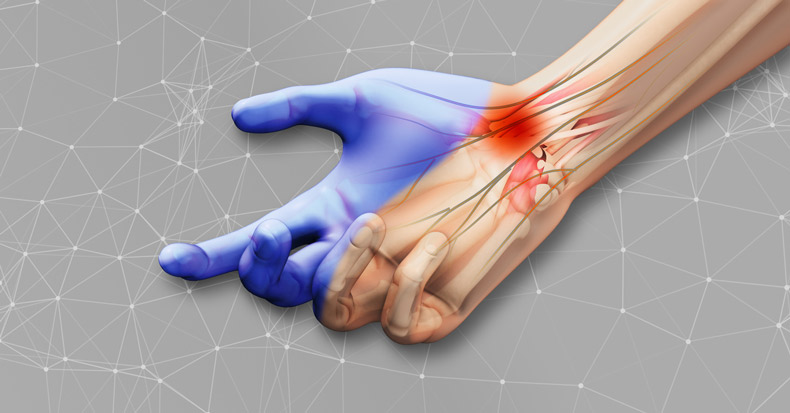Newest Articles
Whiplash injuries involving the head and neck constitute the most common non-fatal injuries associated with motor vehicle collisions. Unfortunately, these injuries often result in persistent, chronic pain and poor work outcomes including sick leave, delayed return to work, and impaired work ability. Among working-age adult chiropractic patients, resuming usual work activities is a treatment goal [..]
Overuse injuries in baseball—particularly in the shoulder and elbow—are a significant problem at both amateur and professional levels. Studies have shown that shoulder pain is one of the most common complaints among amateur baseball players, with a prevalence ranging from 13.4% to 20.6% of players. Elbow injuries are also very common and affect from about [..]
The National Golf Foundation reports there are approximately 36.9 million golfers in the United States, averaging more than 500 million rounds of golf each year. Golf is one of the most popular sports in the country with participants of all ages, genders, and skill levels. Interestingly, unlike many other sports, golfers tend to spend more [..]
Carpal tunnel syndrome (CTS) is a common condition that occurs when the median nerve is compressed or restricted as it passes through the carpal tunnel located at the wrist, resulting in symptoms including pain, numbness, tingling, and/or weakness in the thumb, index finger, middle finger, and thumb-side of the ring finger. During their initial appointment, [..]
Back pain refers to pain or discomfort in the dorsal (back) region of the body, which can arise from abnormalities in spinal vertebrae, back muscles, tendons, ligaments, or neural structures. While back pain and other musculoskeletal injuries can usually be linked to an identifiable event, like lifting with improper form, there is often a history [..]
Postprandial headaches are headaches that occur after eating a meal. While this type of headache is fairly common, there are myriad potential causes. For individuals who suffer from postprandial headaches, it’s recommended they keep a food diary and track food intake and when headaches occur to help isolate potential triggers. Some of the most common [..]
A recent large and comprehensive review of the chiropractic profession establishes that 93% of patients initially go to chiropractors for spine pain complaints (1). The same review documents that chiropractic care is exceptionally effective and safe for these spine pain patients.
As a consequence of the effectiveness and safety of chiropractic care for spine pain [..]
The carpal tunnel is a narrow passageway on the palm side of the wrist, enclosed by bones and ligaments, that the median nerve and several flexor tendons pass through. When the mobility of the median nerve is restricted at this point, the resulting symptoms of numbness, tingling, pain, and weakness in the thumb, index, middle, [..]
The knee is a complex hinge type of joint that consists of bone, cartilage, tendons, and ligamentous structures that are vulnerable to injury during high-intensity rotational and explosive movements. As such, acute knee injuries are often associated with sporting activities. It’s estimated that 2.5 million acute knee injuries occur in the United States each year. [..]
Whiplash associated disorders (WAD) is a term used to describe the cluster of symptoms that can occur following the sudden acceleration and deceleration of the head and neck, most commonly during a motor vehicle collision (MVC). Individuals who experience such an event may experience no injury at all, while others may have catastrophic outcomes. In [..]
Presently, someone in the United States suffers a heart attack about every 34 seconds, on average. In an effort to improve cardiovascular health and reduce the incidence of poor cardiovascular outcomes like heart disease and stroke, the American Heart Association released their Life’s Simple 7 guidelines in 2010. These include four modifiable behaviors and three [..]
Low back pain and gardening seem to go hand in hand, especially getting the garden ready after a long sedentary winter! As many people who love gardening know, keeping up with the weeds through the summer can also take its toll on the low back. Let’s take a look at ways to minimize low back [..]













